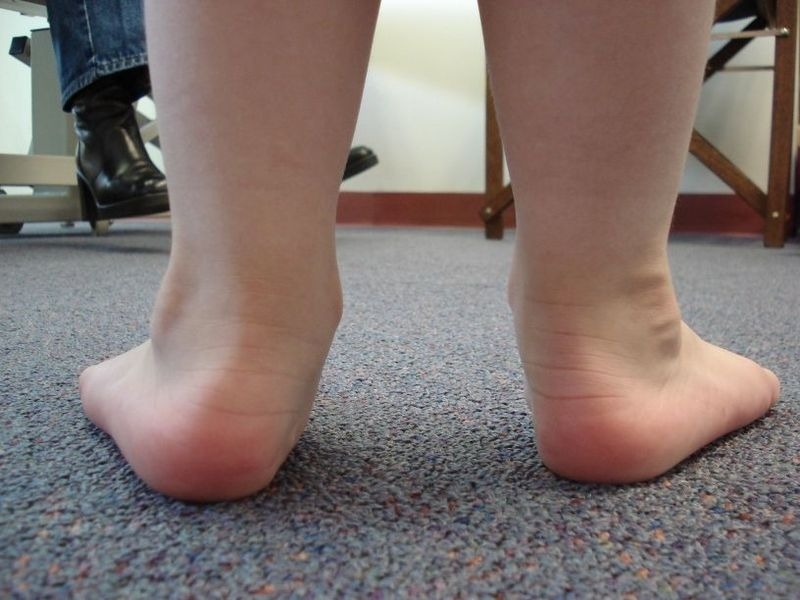
How To Identify Flat Feet In Children?
22 Aug 2018 | 4 min Read
Babychakra
Author | 1369 Articles
Flat feet, also called as pes planus, are quite common in infants and toddlers between ages 1 to 5 years because of weak leg muscles, and ligaments. Once kids start walking, these get strengthened, and the condition is corrected naturally. The feet develops a natural arch that provides proper stability and balance for walking and running.
Understanding Flat Feet
The sole normally has an arch from the heel to the base of the big toe. If this arch is missing and the entire sole touches the ground while standing and walking, then the foot is called flat.
While flat feet may not cause any pain, the condition could affect the alignment of your little one’s body and cause some discomfort in the knee and ankle.
Reasons for Flat Feet
Here are some of the main reasons for flat feet in children:
Flexible Bones and Joints
Children below five years of age have flexible bones and joints, and this results in flattening of the foot’s arch.
Fat Pad
Newborn babies also have a fat pad in their feet that hides the arch, especially when they are standing and walking.
Weak Muscle Tone
Weak muscle tone is another reason for flat feet in children. In such cases, the inner border of the foot has a poor arch, and the heel bone is inclined outwards.
Joint Hypermobility
Joints with more than the normal range of movement cause the foot arch to disappear under the body weight of the children.
Achilles Tendon
The tightness of the heel cord restricts the free movement of the feet, thereby resulting in flat feet.
What are the Symptoms of Flat Feet?
If your little one has flexible feet and you can see the arch when he/she stands on its toe, then there is no need to panic. In case your child’s feet are stiff, and the arch is not visible, it could be a case of flat feet.
Other symptoms of flat feet are:
• Pain and tenderness in the knee and foot.
• Heel tilting outwards.
• Difficulty in walking.
• Poor foot development.
• Difficulty in carrying out physical activities.
How to Diagnose Flat Feet in Children?
Flat feet in children can be diagnosed by pediatricians. The doctor examines both feet and sees if the arch is present when the child is standing and sitting. If the arch is absent, but the child does not complain of any pain, further testing may not be necessary.
If the child complains of pain and discomfort, the doctor will recommend some imaging tests, such as X-rays, CT scan and MRI, to study the condition.
Treatment for Flat Feet in Children
If your child is diagnosed with flat feet, the following non-surgical interventions can help:
Arch Support Devices
These devices can be fit inside your child’s shoes to alleviate pain and discomfort.
Exercises
Exercises that help stretch the Achilles tendon may reduce symptoms of flat feet.
Right Shoes
Shoes that provide some arch support are recommended instead of flats and flip-flops.
Taking Rest
Encourage your child to take rest and avoid running, jumping, and other such activities.
Medicines
In case of severe pain and inflammation, mild pain relievers can be taken to reduce discomfort.
While surgery is not advisable for flexible flat feet, certain conditions such as a torn tendon, fusion between bones or an extra bone may call for surgical intervention.
Summing up
Flat feet may not be a serious condition in most cases and children with flat feet can go on to live a normal life. However, if your little one with flat feet complains of frequent pain and discomfort, make sure you seek professional advice at the earliest.
A


Related Topics for you
Suggestions offered by doctors on BabyChakra are of advisory nature i.e., for educational and informational purposes only. Content posted on, created for, or compiled by BabyChakra is not intended or designed to replace your doctor's independent judgment about any symptom, condition, or the appropriateness or risks of a procedure or treatment for a given person.
